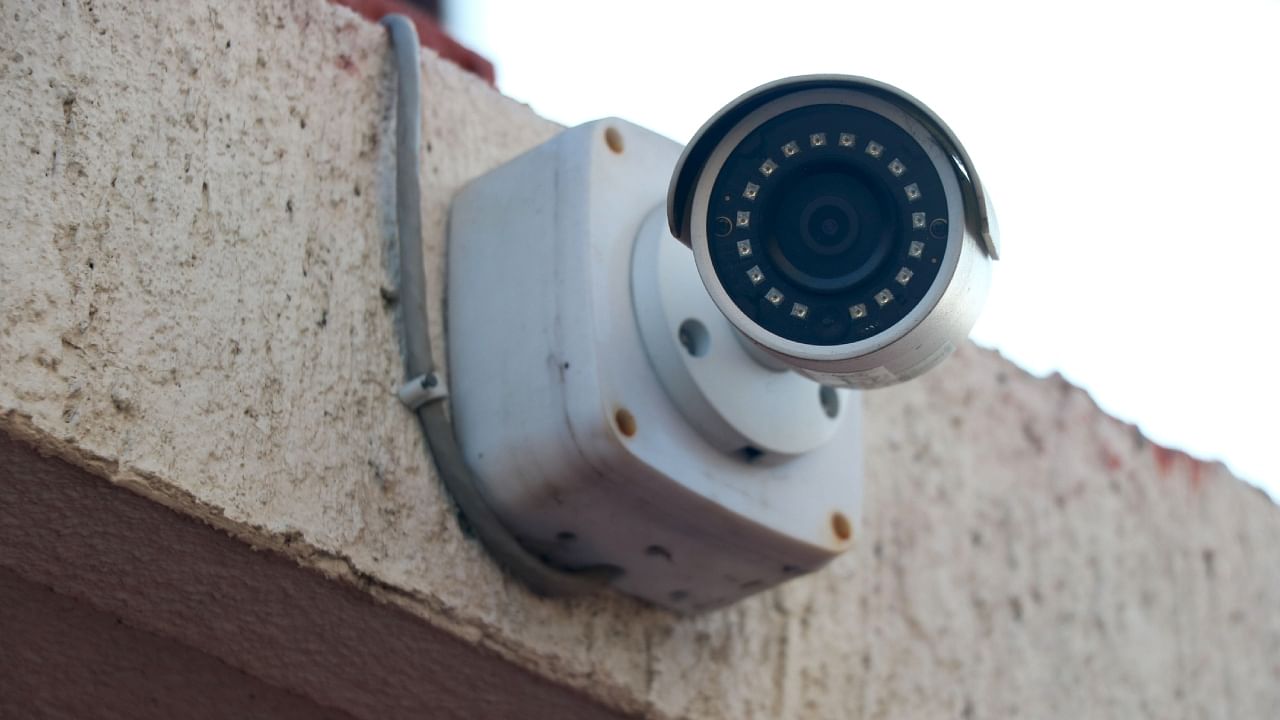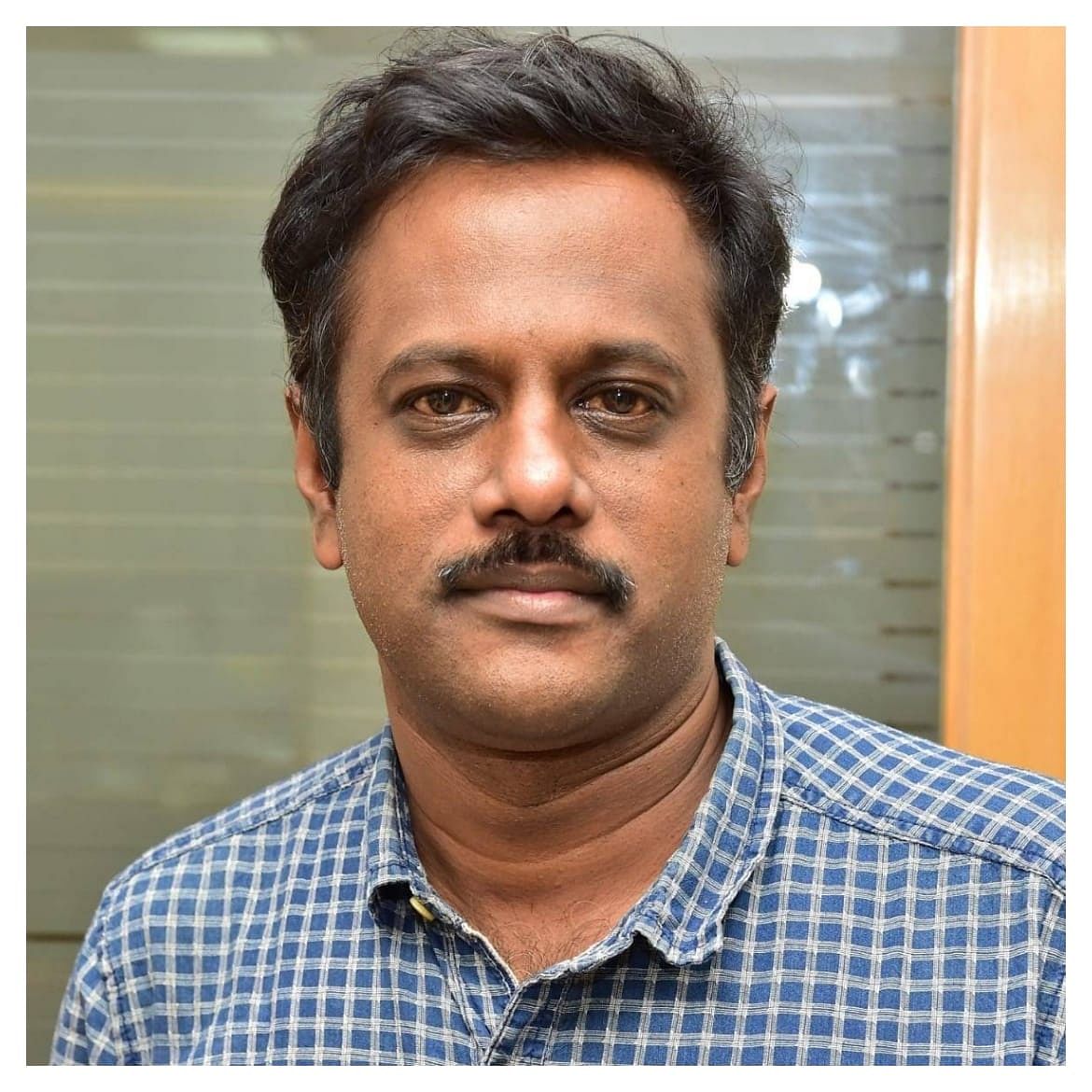
Around 94 per cent households in Bengaluru and 68 per cent or over two-thirds of the households in the whole of Karnataka report that they have CCTVs in their houses or residential colonies, a new study on policing, surveillance and privacy said on Friday.
Respondents from Karnataka, who participated in a survey that was part of the study, were the least worried about regular drone surveillance by the police or government while those from the state were most likely to support the use of the controversial face recognition technology to identify common citizens.
These are the findings of the 'Status of Policing in India Report 2023: Surveillance and the Question of Privacy' by Common Cause and Lokniti - Centre for the Study Developing Societies (CSDS) based on studying the trend in 12 states.
While there is more use of technology, some questionable too, for surveillance by the government, private people are also utilising technology to ensure safety and prevent crime. The study, however, says there is no "statistically significant relationship" between the CCTVs available with police stations and the rates of total cognisable crimes, murder, and auto/motor theft from 2016 to 2020.
"It may appear counterintuitive but the common people often support surveillance, perhaps, on the assumption that it is in the interest of national security and public safety. But they tend to take their right to privacy more seriously when it involves their financial data and bank transactions," Common Cause Director Vipul Mudgal said.
The survey showed that 51 per cent of the households acknowledged that there were CCTVs in their homes or in residential colonies. Karnataka was followed by Haryana 67 per cent, Andhra Pradesh 65 per cent and Delhi when it came to CCTV coverage in homes or residential colonies while the least was in Maharashtra 33 per cent. If one takes the metros, Delhi with 84 per cent and Kolkata with 78 per cent followed Bengaluru in this regard.
An analysis by type of locality showed that CCTV coverage increases with rising income levels. The coverage in slums or poor areas is just 28 per cent, which is significantly lower than the low-income group’s coverage of close to half (45 per cent). "As one moves towards the middle and high-income residential localities, CCTV coverage increases to six of every ten (63 per cent) and seven of every ten (73 per cent) respectively," the study said.
Similarly, it also showed that the respondents from high-income residential areas were almost twice as likely to have personally installed CCTV cameras compared to other respondents.
"Conversely, the government is nearly three times as likely to install CCTVs in slums and poor localities than in high-income localities. While 31 per cent of respondents from lower-income areas said that the government had installed CCTVs in their households or residential colonies, just about 9 per cent of the respondents from high-income groups said so," it said.
"Even though there is no evidence to suggest that the police or the government in India actively use CCTVs in residential areas to surveil people from poor or vulnerable localities, however, the widespread presence of cameras in such localities can be a potential cause for concern and needs to be further analysed," the study said.
